INVERNESS TOURS (1)Click for larger photos. We crossed the Firth of Tay and from Dundee headed into the Highlands with a lunch stop at Braemar, home of the Royal Highland Games for over 900 years. Stops were too brief for photos, but we managed a few of Speyside and the Grampian Mountains (from a lookout cairn) before visiting the Glenlivet whisky distillery where a guide explained how barley, water and yeast was converted into the "water of life"; very few refused a sample of the heart-warming liquor.
We crossed the Firth of Tay and from Dundee headed into the Highlands with a lunch stop at Braemar, home of the Royal Highland Games for over 900 years. Stops were too brief for photos, but we managed a few of Speyside and the Grampian Mountains (from a lookout cairn) before visiting the Glenlivet whisky distillery where a guide explained how barley, water and yeast was converted into the "water of life"; very few refused a sample of the heart-warming liquor. 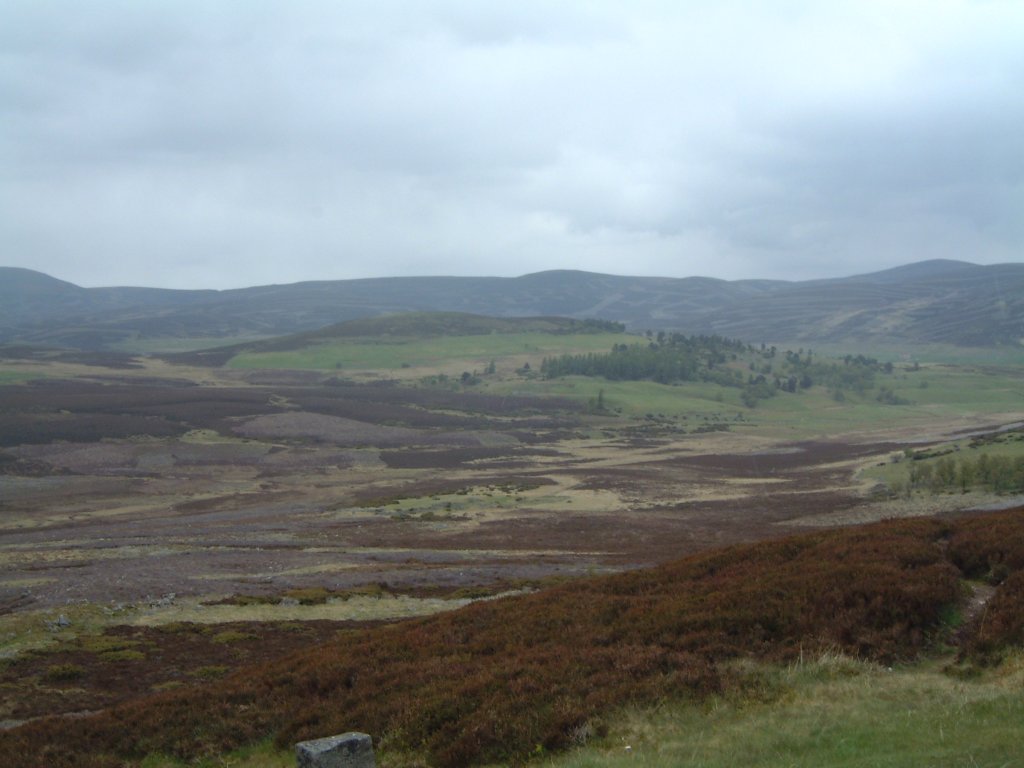
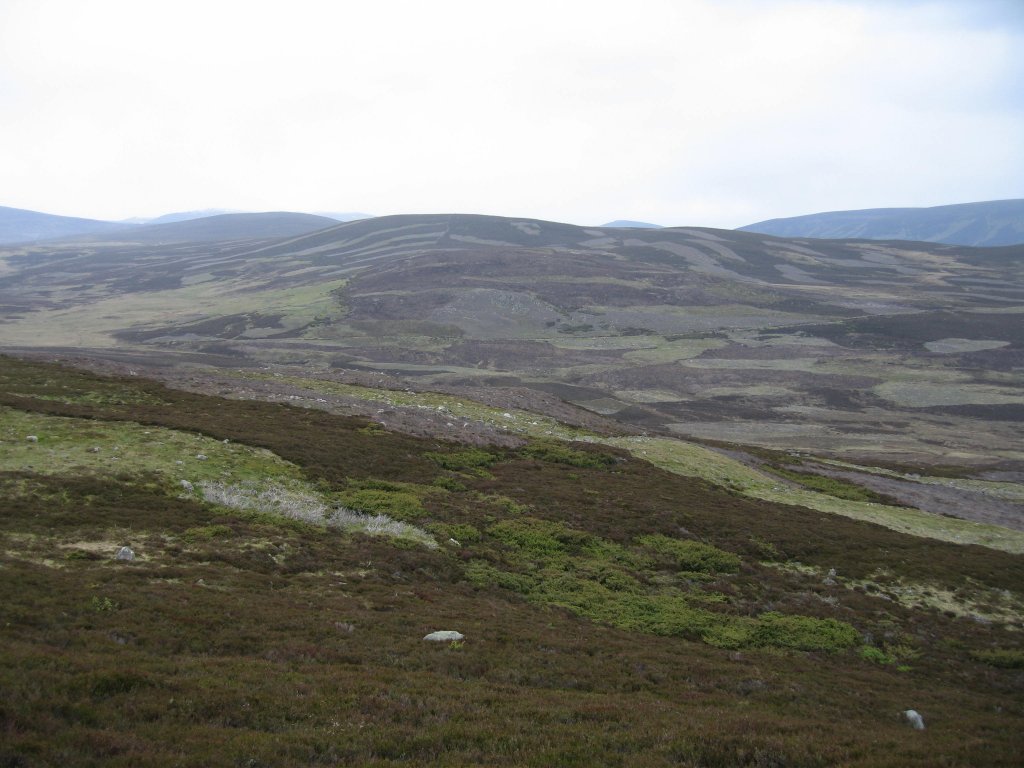 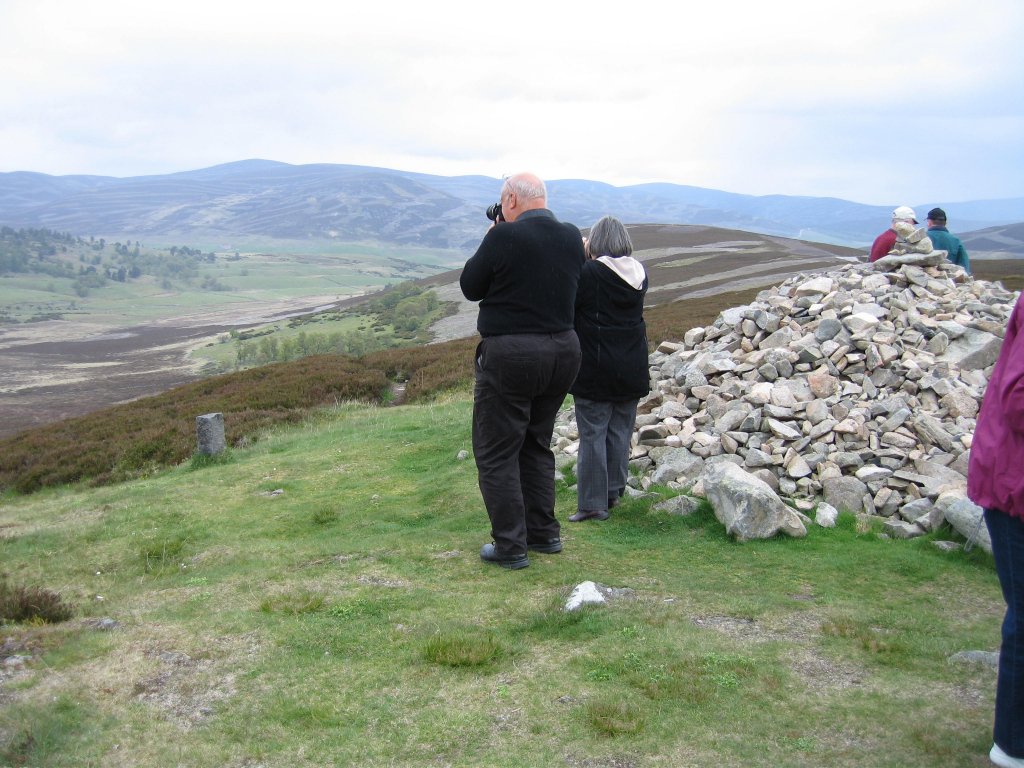
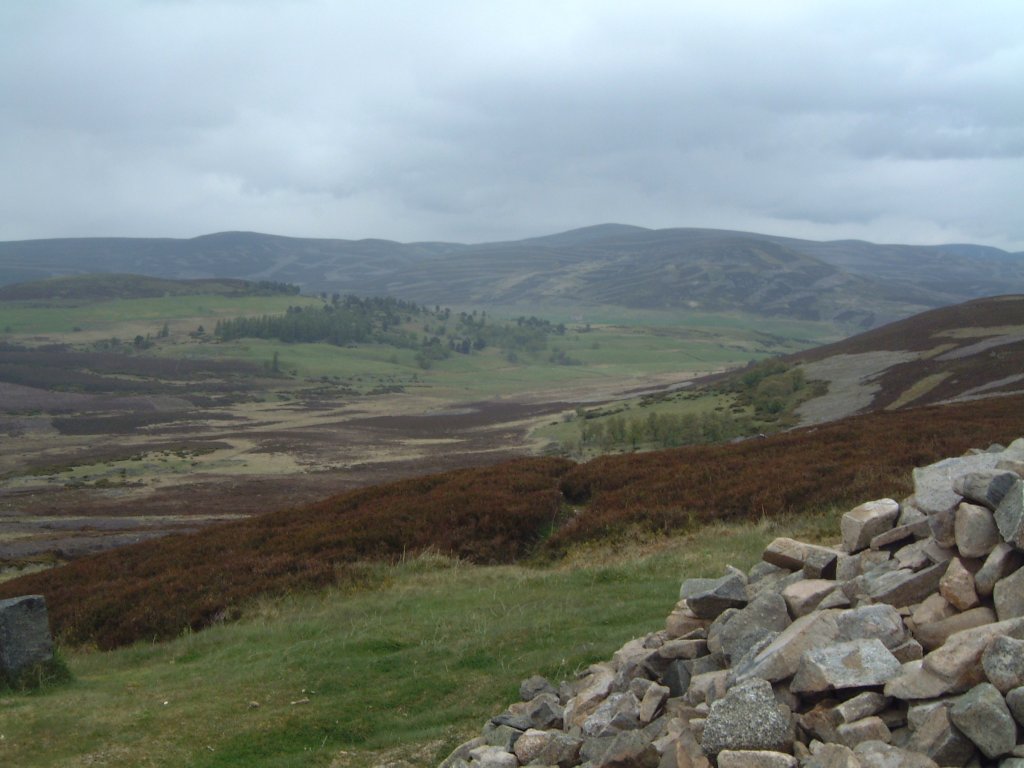 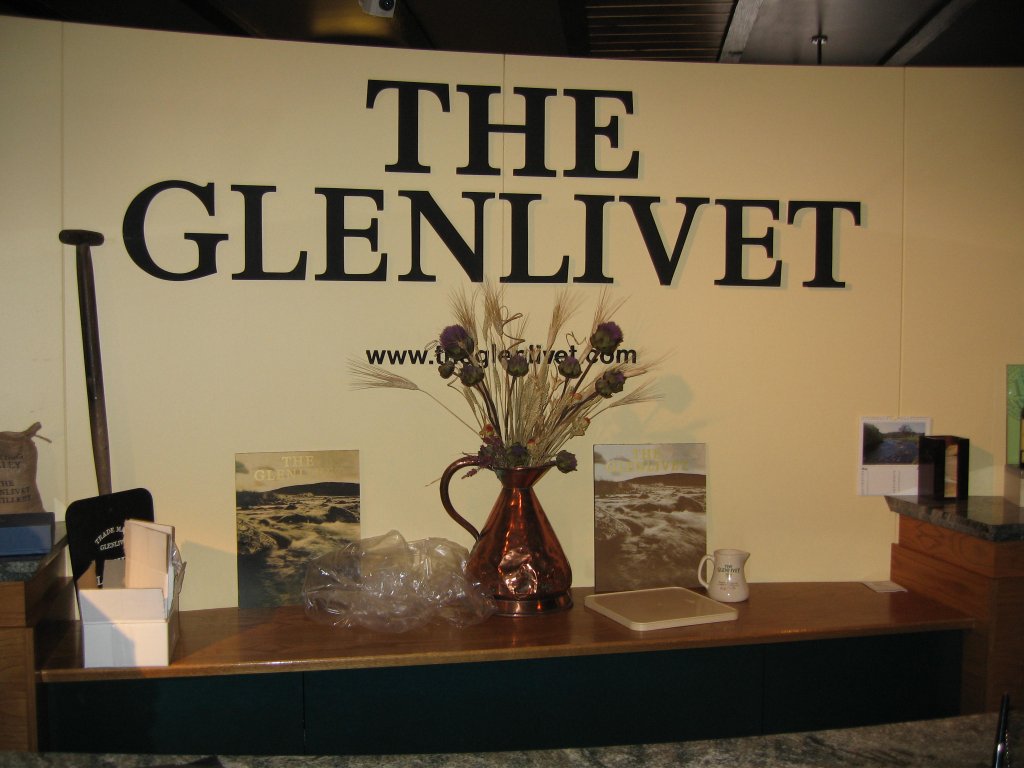 CULLODEN Tour Director, Gordon Tait, led our group onto the field where the Battle of Culloden had taken place. He noted that recent archaeological studies had indicated that the battlefield was much larger for the numbers of English troops, who must have stretched further to the southeast than had been previously thought. He drew our attention to a monument erected in the memory of the "rebel clans". We hadn't noticed it on our visit in 2001, so Doug observed that it was about time that the Scottish patriots had been honoured.
Tour Director, Gordon Tait, led our group onto the field where the Battle of Culloden had taken place. He noted that recent archaeological studies had indicated that the battlefield was much larger for the numbers of English troops, who must have stretched further to the southeast than had been previously thought. He drew our attention to a monument erected in the memory of the "rebel clans". We hadn't noticed it on our visit in 2001, so Doug observed that it was about time that the Scottish patriots had been honoured. 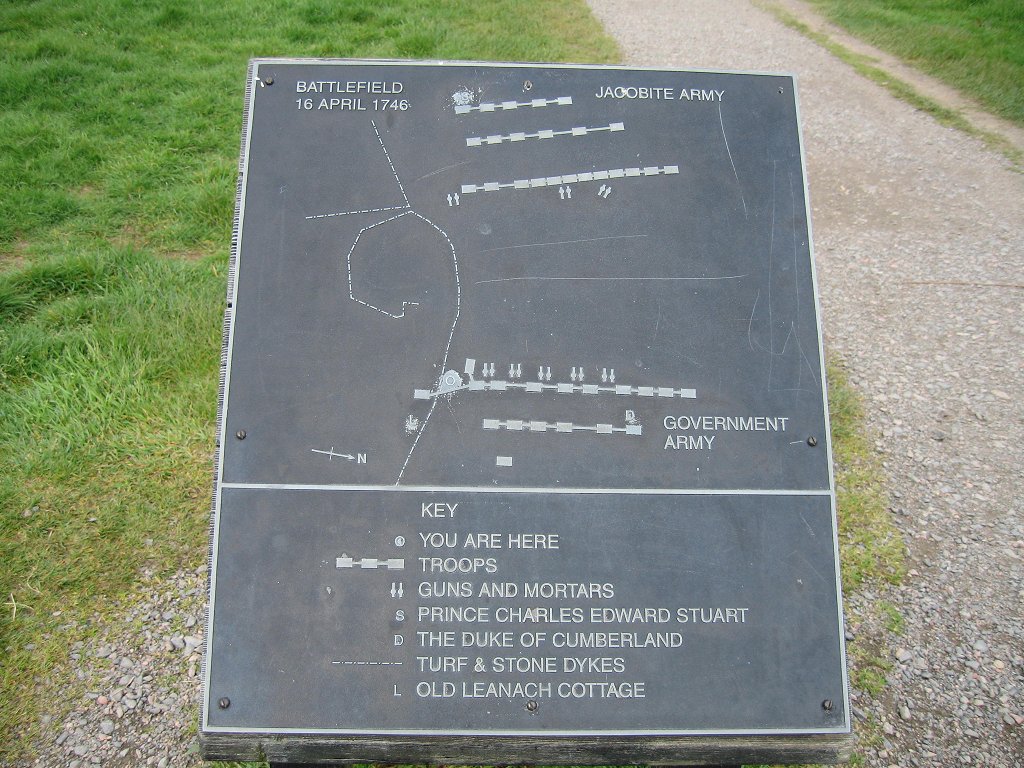
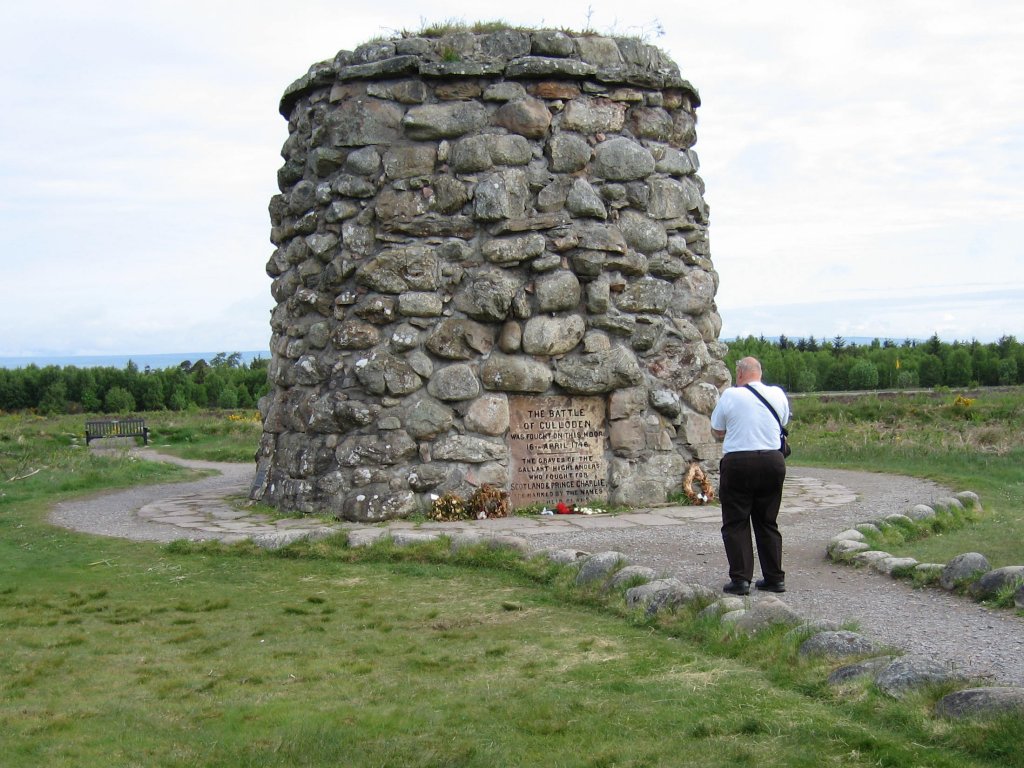  Truth be known, there had been centuries of association between the MacDonalds ("Lords of the Isles", who were descended from Somerled) and the O'Beolan Earls of Ross. The MacDonalds were one of the first clans to come to the aid of Prince Charles Stuart. Another observation: . . . What about that statue to Flora MacDonald (1722-1790) and her dog erected in front of Inverness Castle in 1899?!
Truth be known, there had been centuries of association between the MacDonalds ("Lords of the Isles", who were descended from Somerled) and the O'Beolan Earls of Ross. The MacDonalds were one of the first clans to come to the aid of Prince Charles Stuart. Another observation: . . . What about that statue to Flora MacDonald (1722-1790) and her dog erected in front of Inverness Castle in 1899?!  Another factor for the County of Ross was that the Earl of Cromarty and his son were raising a regiment which included Malcolm Ross, heir apparent to Clan Ross which had converted to the Presbyterian or Church of Scotland faith. It may be assumed that many in this regiment opposed being ruled by a foreign (German/Hanoverian) king, George I, and that these "Scottish patriots" sided with the Jacobites and Bonnie Prince Charlie. Unfortunately (or perhaps fortunately), the regiment was ambushed on the day before the battle at Culloden in 1745 and all were listed as rebels. Descendants of the "Scottish Patriots", who fought in this revolution, are allowed to wear a white cockade on their hat. Sir James Lockhart-Ross of Lanark, no relation to the Rosses of Balnagowan, led the 28th Regiment of Foot under the command of the Duke of Cumberland and inherited Balnagowan Castle in June 1758 with the military title of Major General. Members of this usurping, fraudulent line were never confirmed as chiefs of Clan Ross, although they often presented themselves as such.
Another factor for the County of Ross was that the Earl of Cromarty and his son were raising a regiment which included Malcolm Ross, heir apparent to Clan Ross which had converted to the Presbyterian or Church of Scotland faith. It may be assumed that many in this regiment opposed being ruled by a foreign (German/Hanoverian) king, George I, and that these "Scottish patriots" sided with the Jacobites and Bonnie Prince Charlie. Unfortunately (or perhaps fortunately), the regiment was ambushed on the day before the battle at Culloden in 1745 and all were listed as rebels. Descendants of the "Scottish Patriots", who fought in this revolution, are allowed to wear a white cockade on their hat. Sir James Lockhart-Ross of Lanark, no relation to the Rosses of Balnagowan, led the 28th Regiment of Foot under the command of the Duke of Cumberland and inherited Balnagowan Castle in June 1758 with the military title of Major General. Members of this usurping, fraudulent line were never confirmed as chiefs of Clan Ross, although they often presented themselves as such.
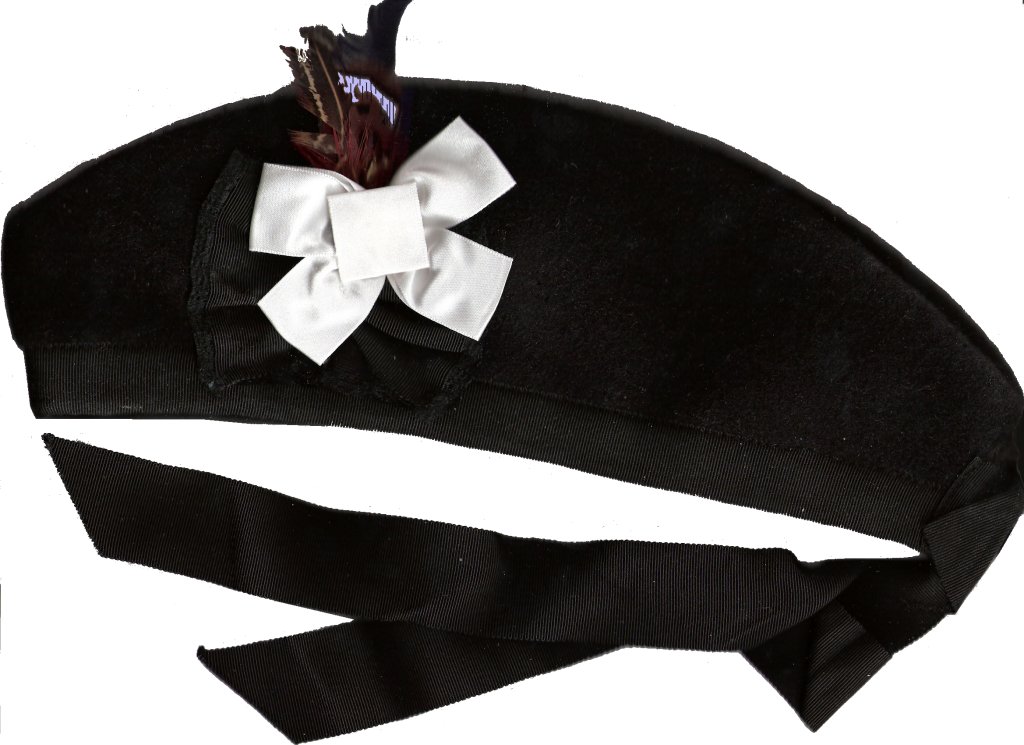
The Visitors Centre 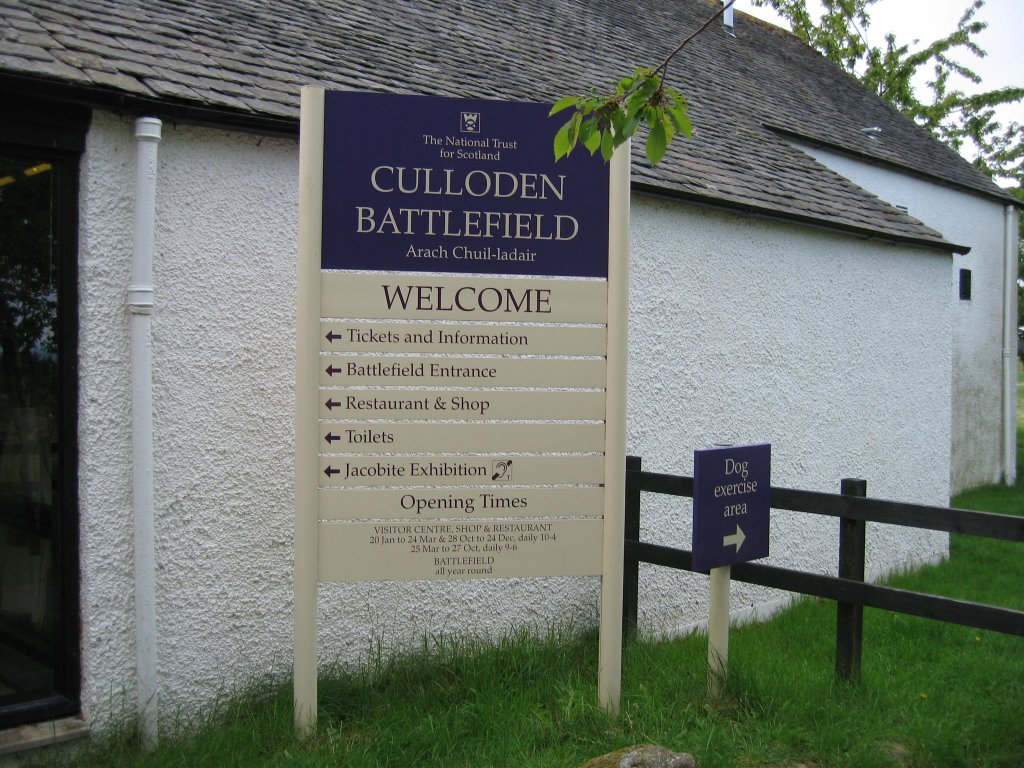
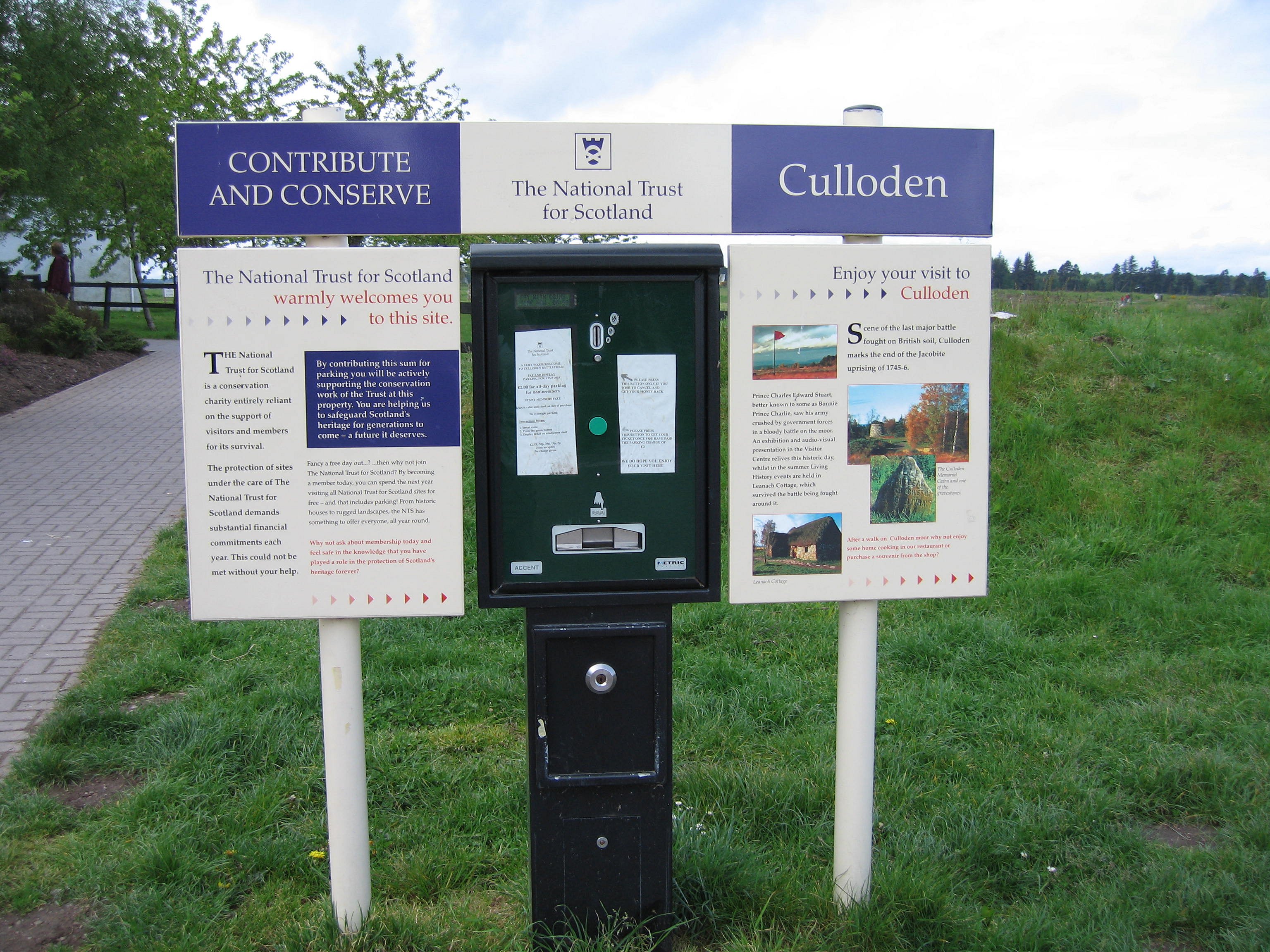
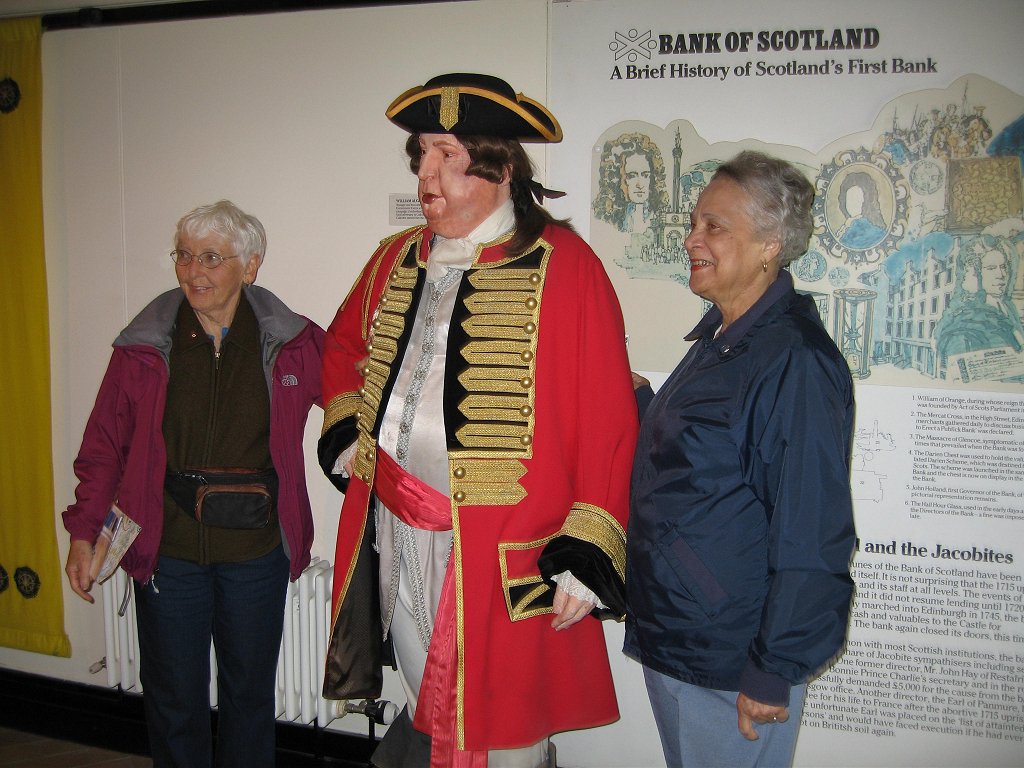
Cotter's Home  The cotter's home is the old Leanach cottage with the usual benn, butt and byar, which withstood the last major battle involving England on Scottish soil in 1745. Most of the benn's space is reserved for tourists. The thatch on its roof is repaired regularly, but fencing is also required to protect tourists from wandering onto a construction site where a new visitor's centre will be erected by the end of 2007. The earlier centre is much as it appeared when we visited Inverness in 2001.
The cotter's home is the old Leanach cottage with the usual benn, butt and byar, which withstood the last major battle involving England on Scottish soil in 1745. Most of the benn's space is reserved for tourists. The thatch on its roof is repaired regularly, but fencing is also required to protect tourists from wandering onto a construction site where a new visitor's centre will be erected by the end of 2007. The earlier centre is much as it appeared when we visited Inverness in 2001.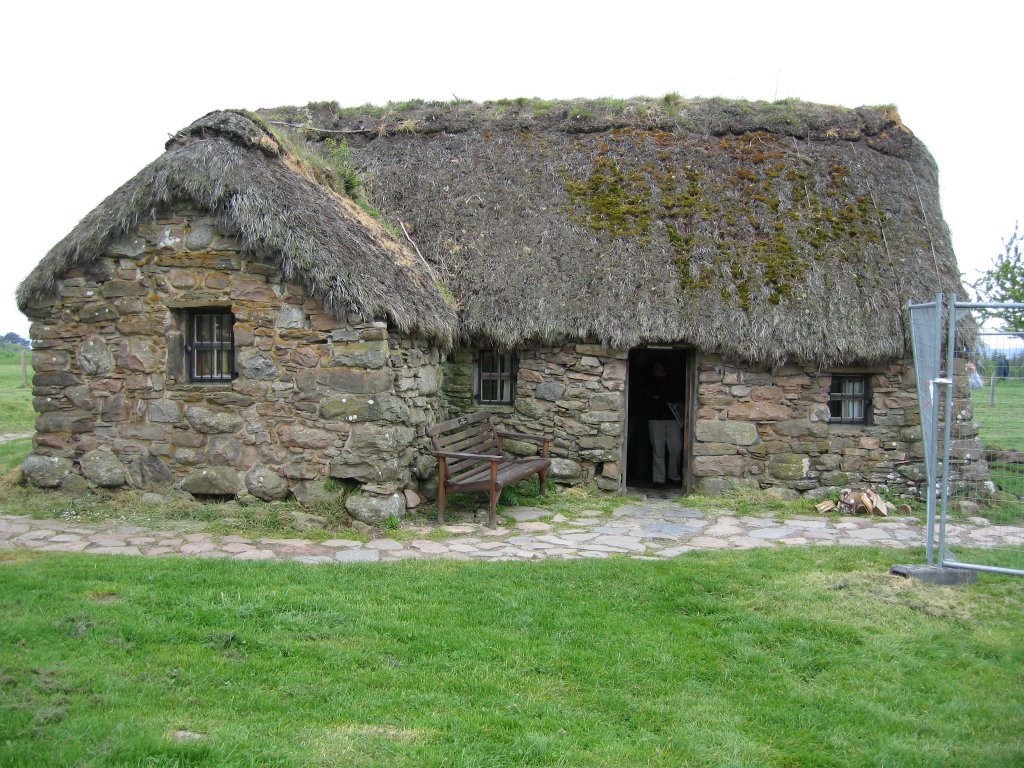
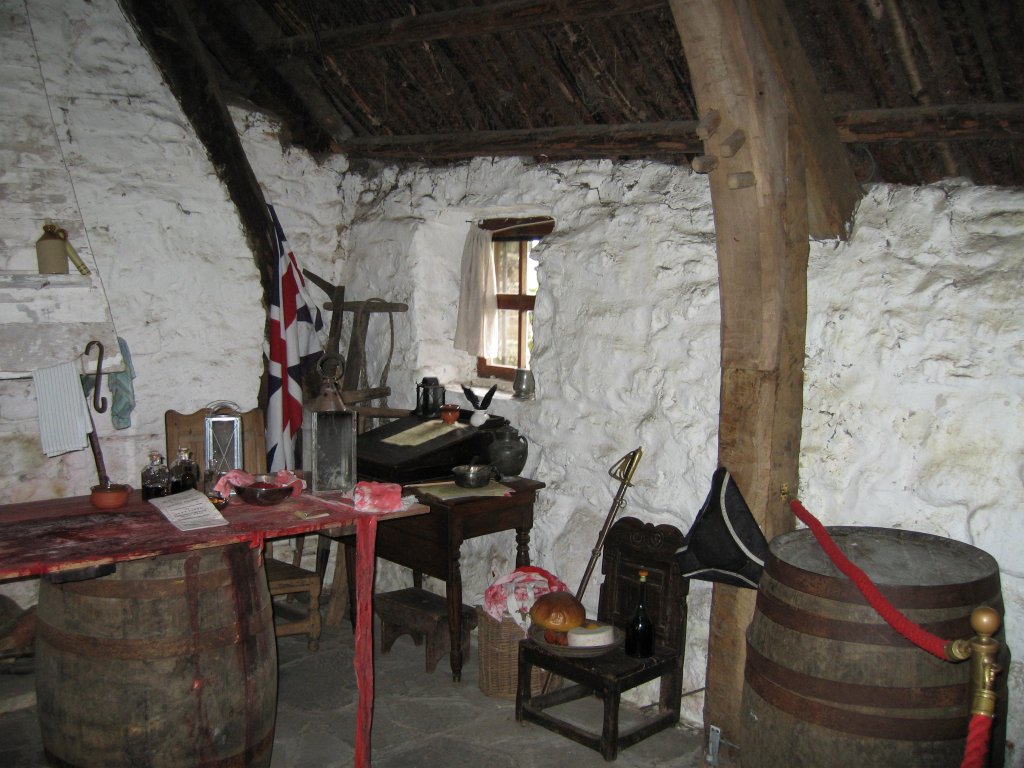
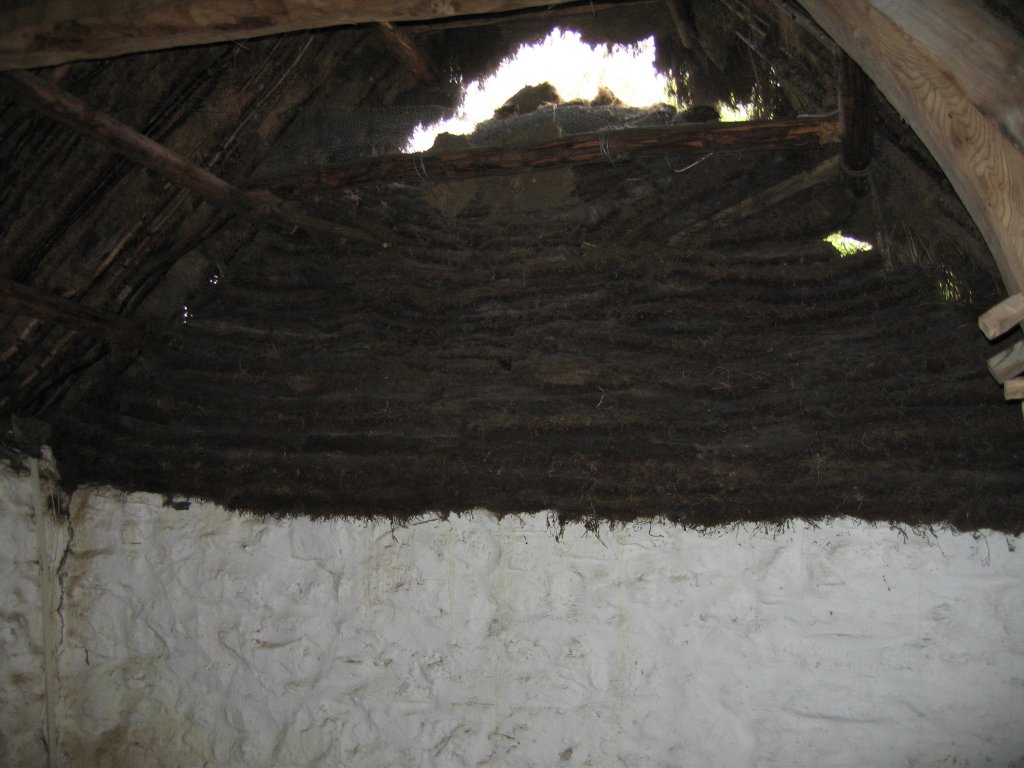 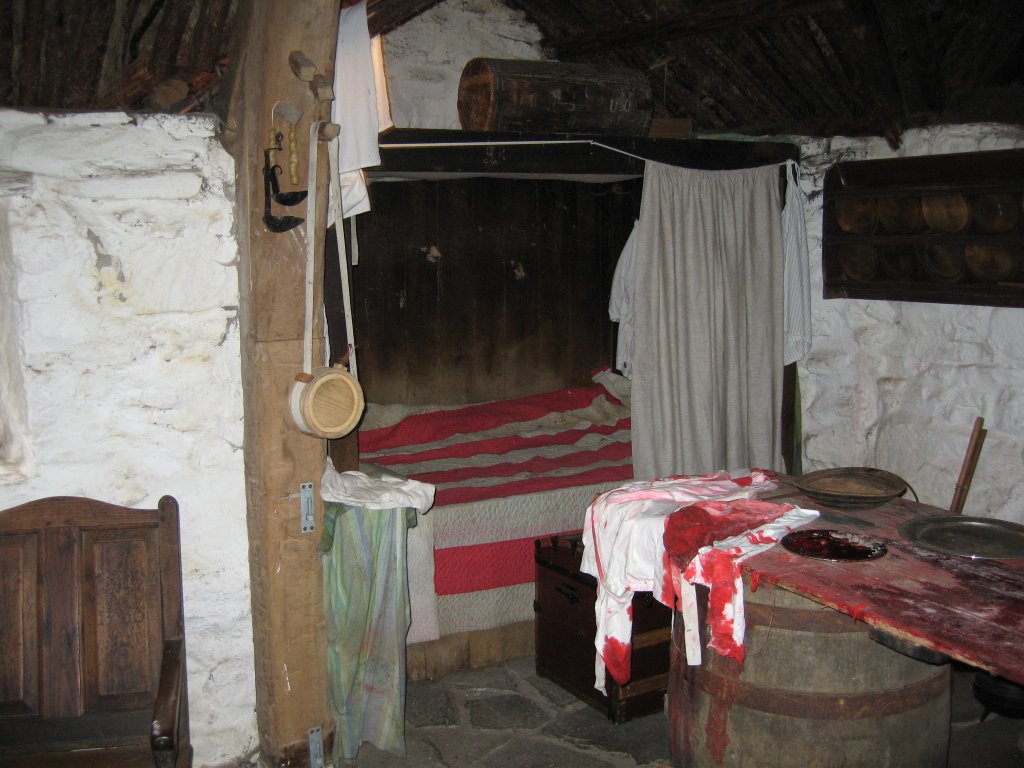
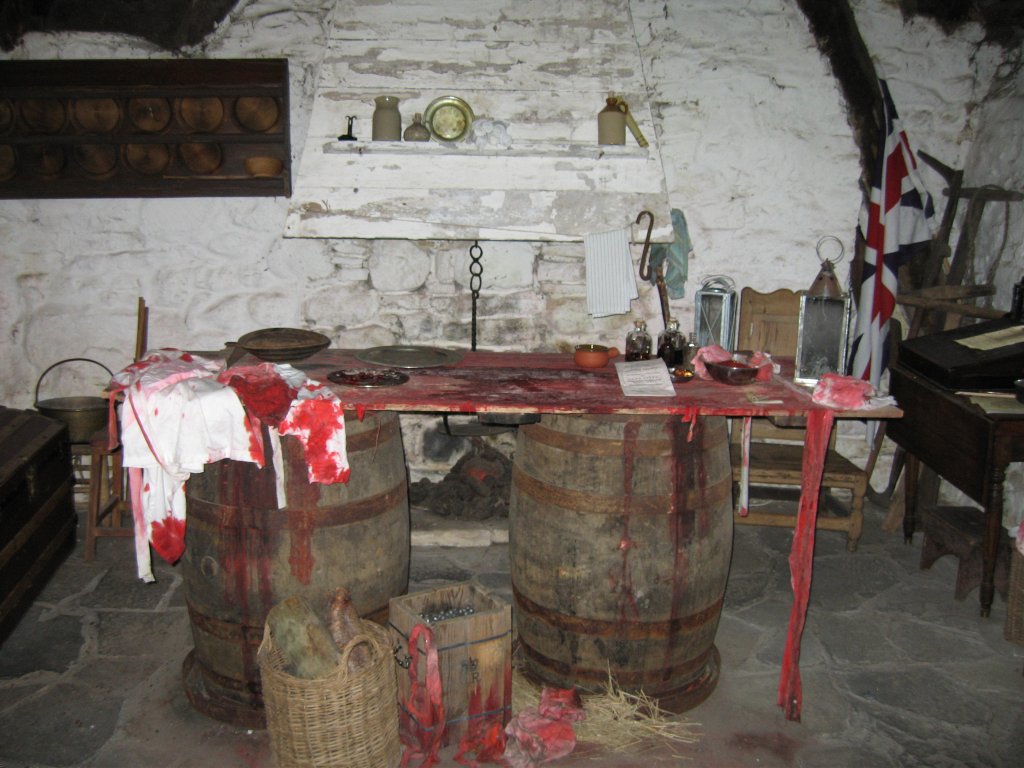
FORT GEORGE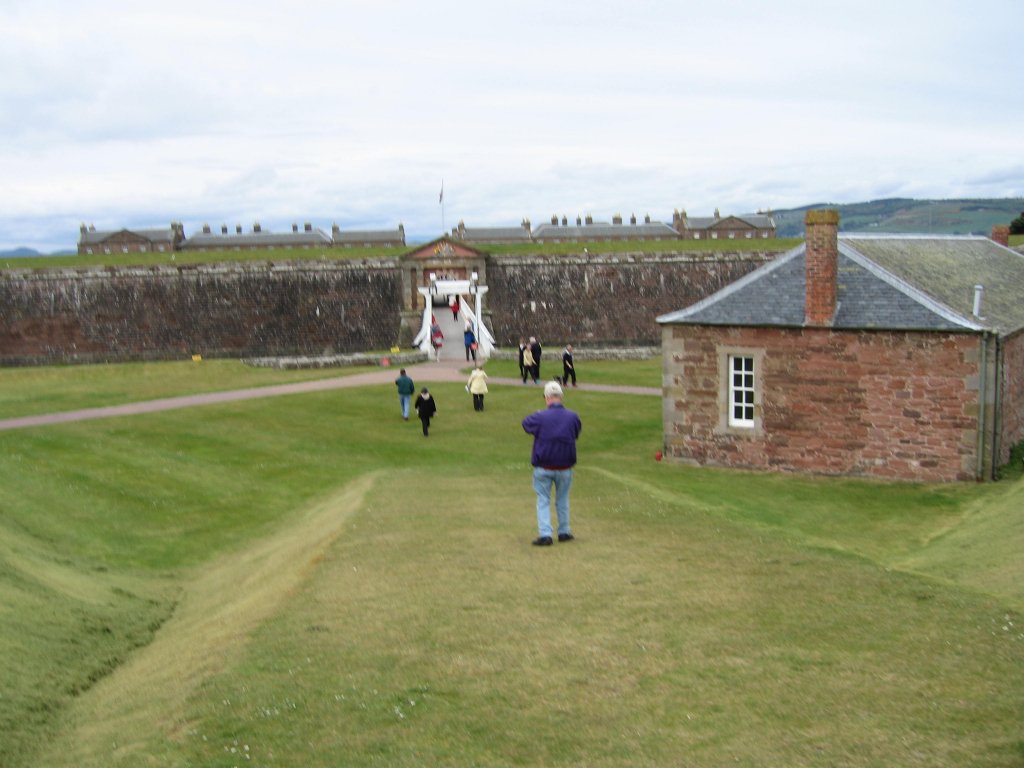
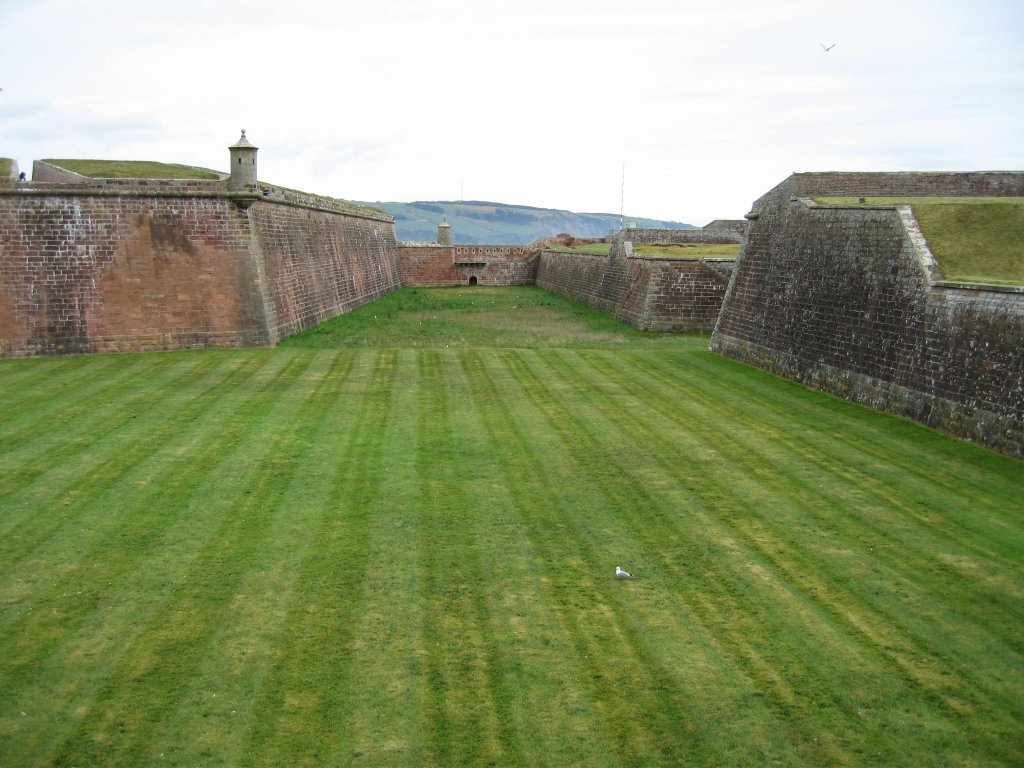
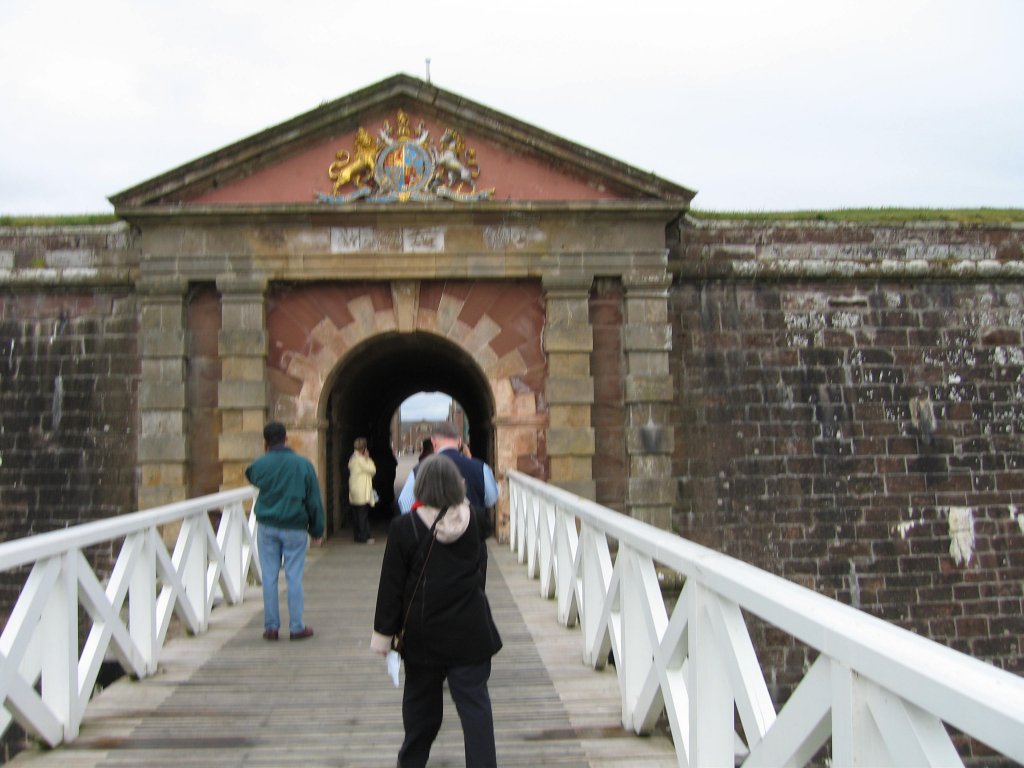 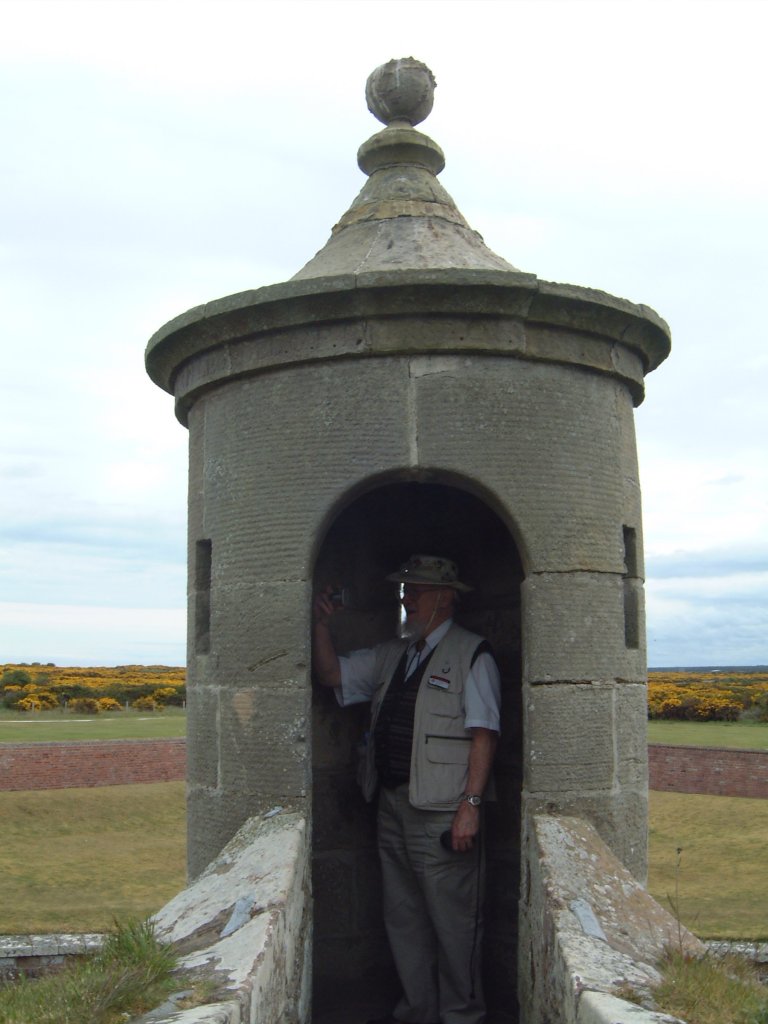
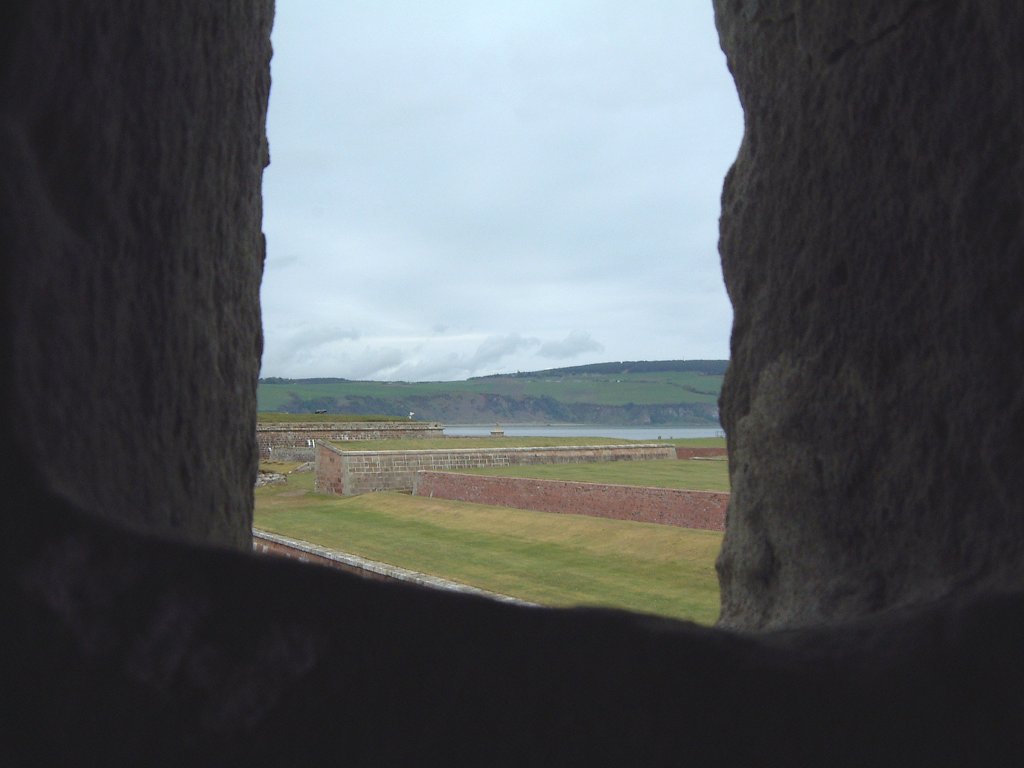 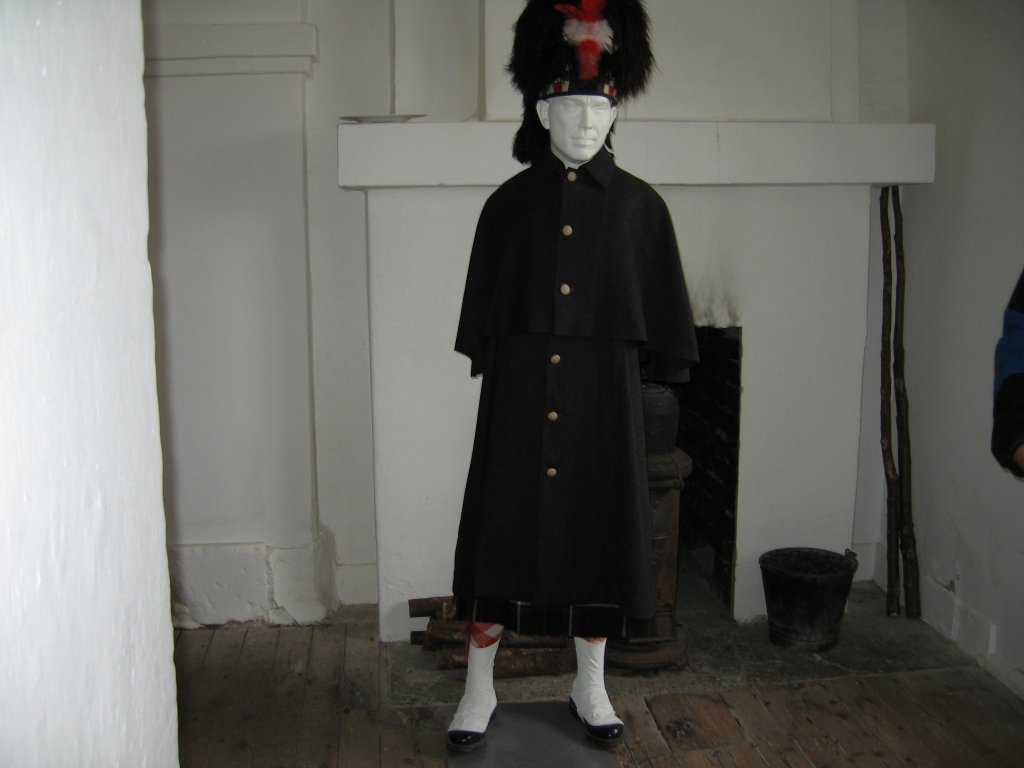
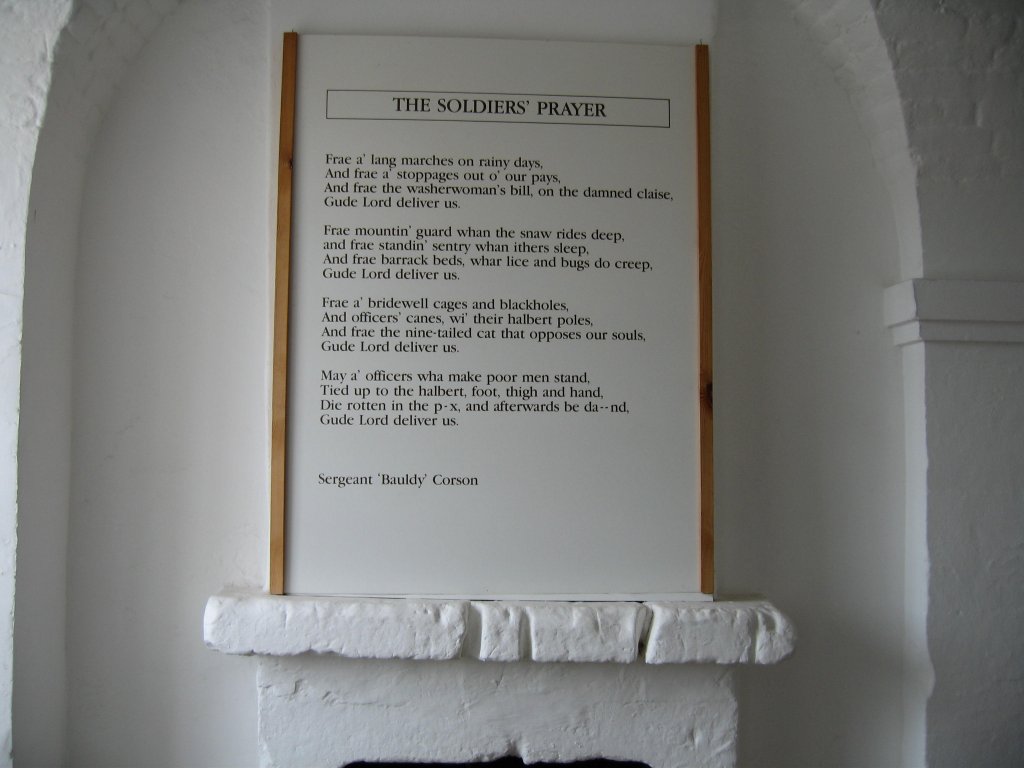
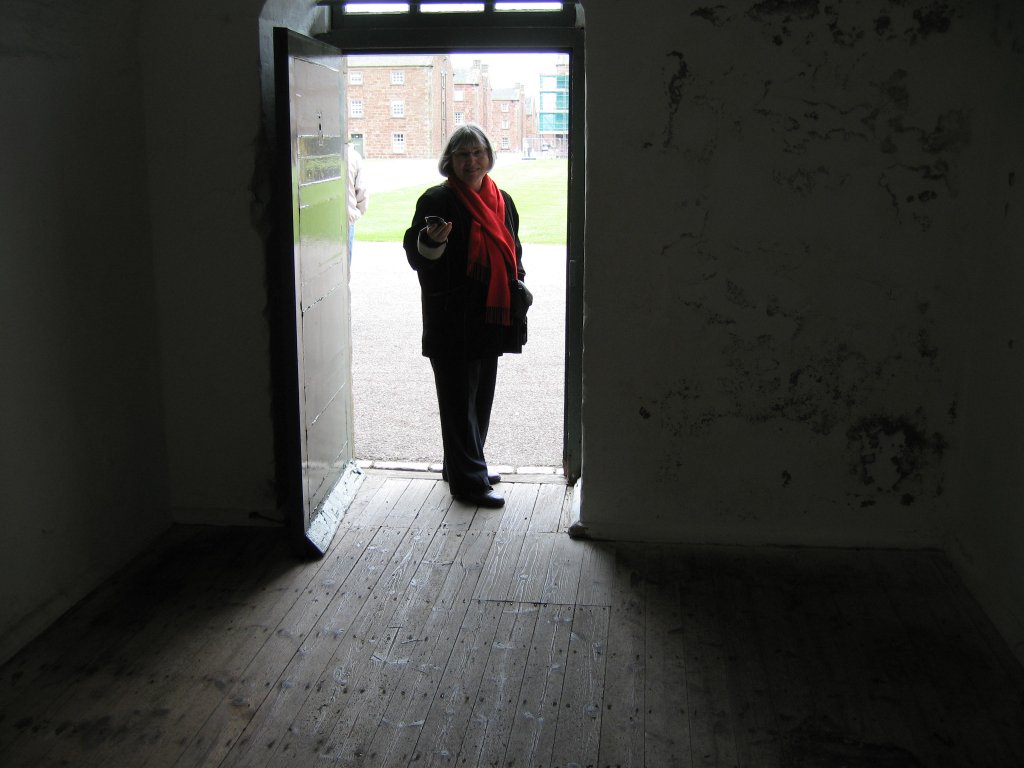 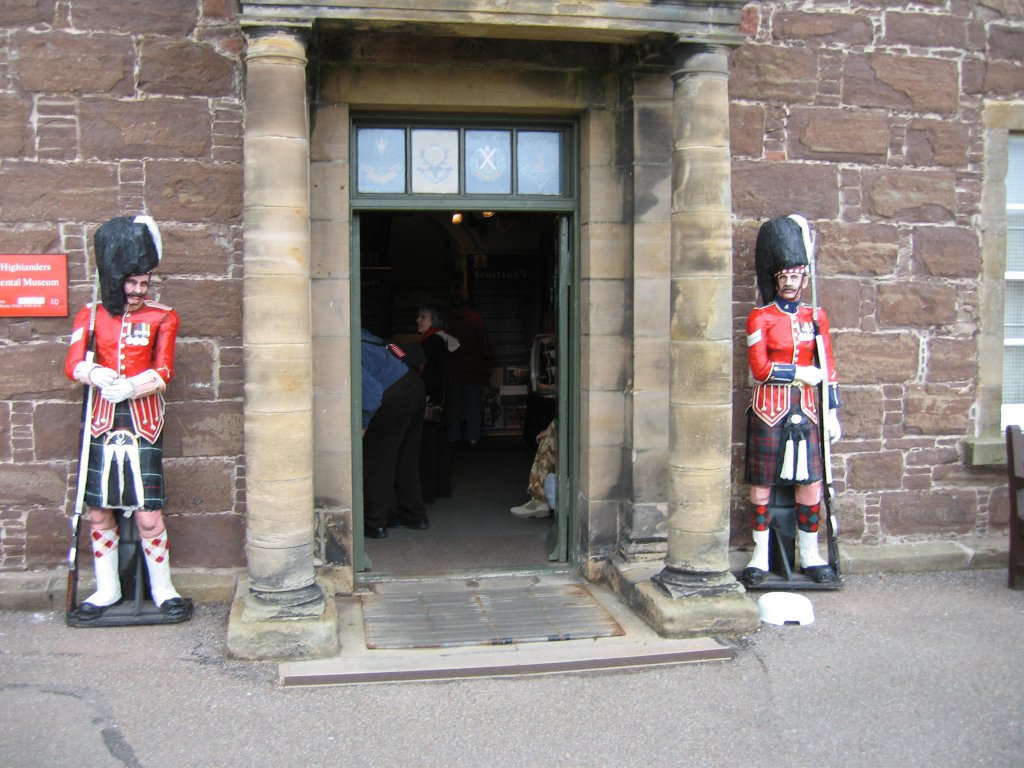
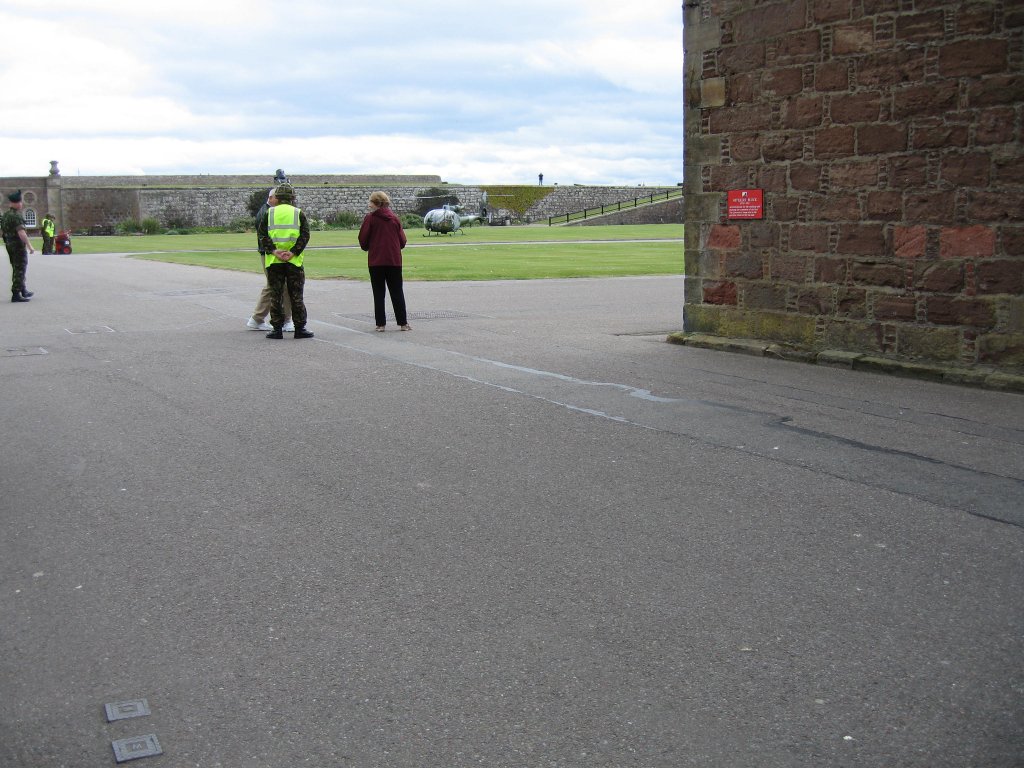
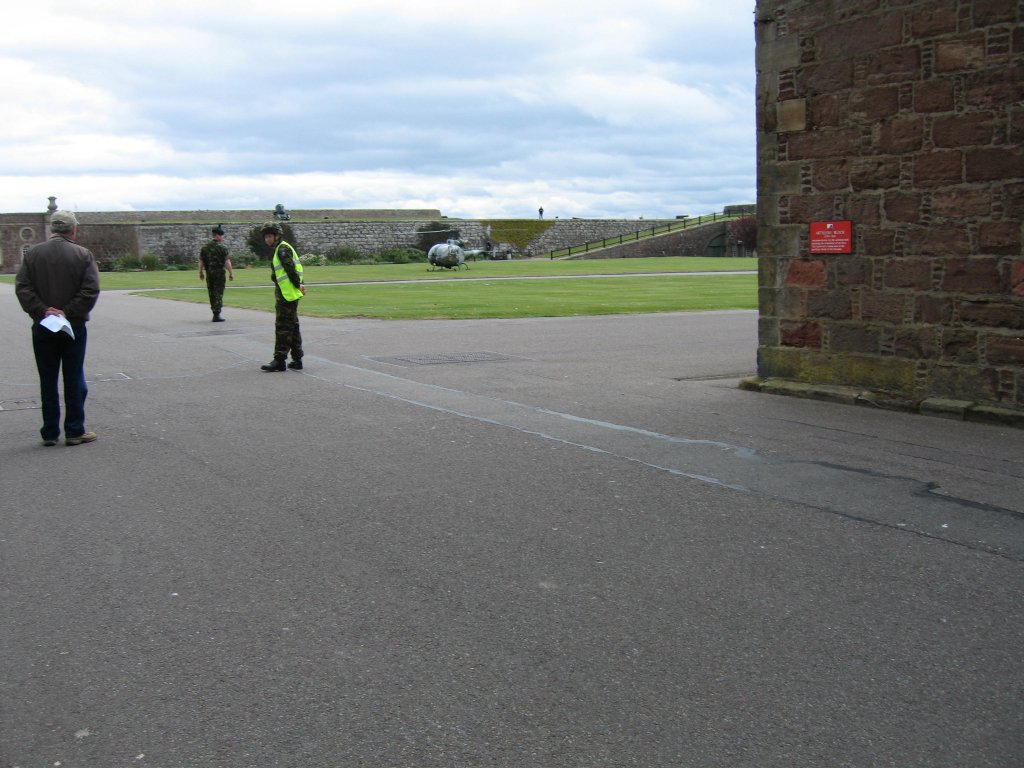 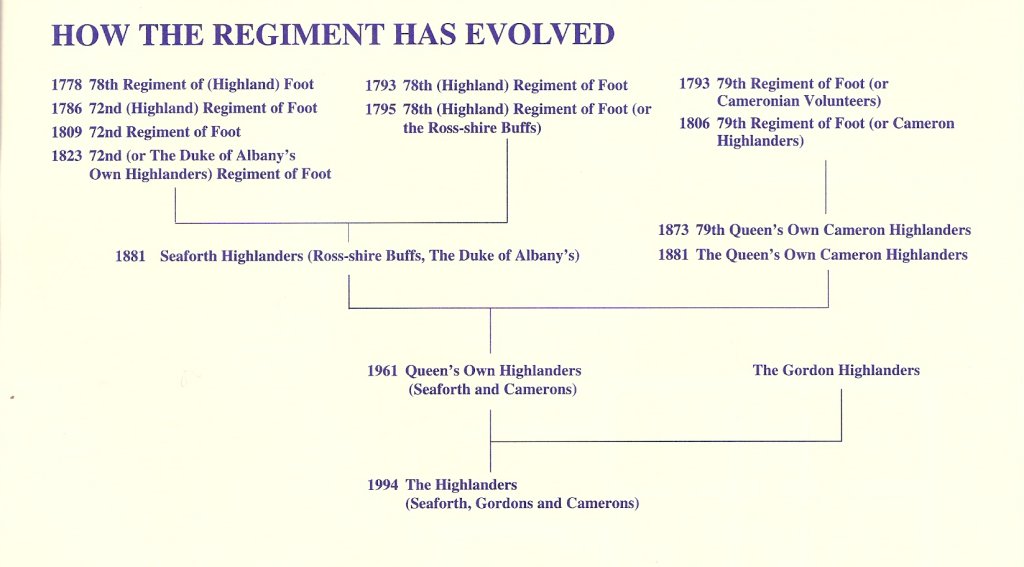 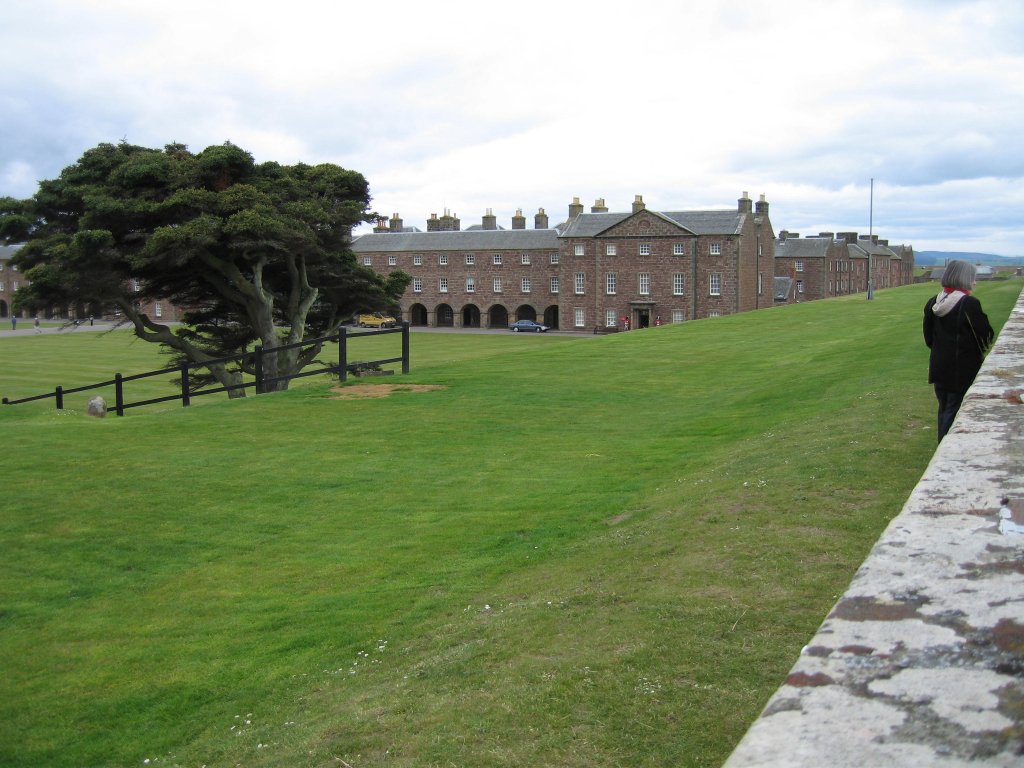
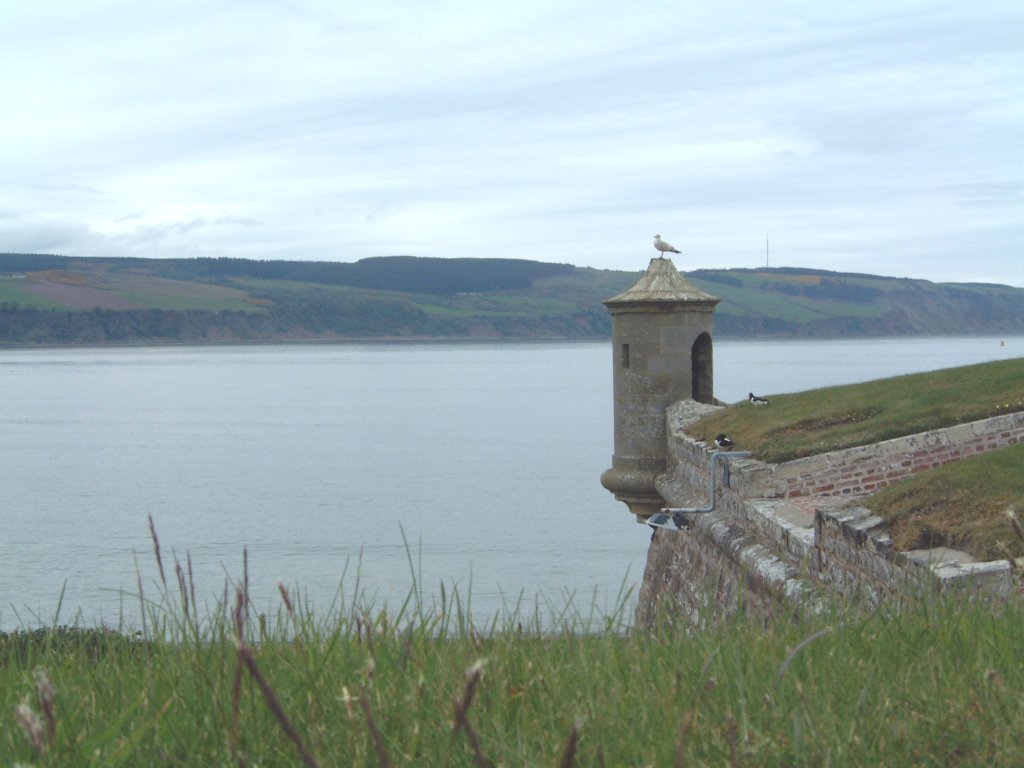
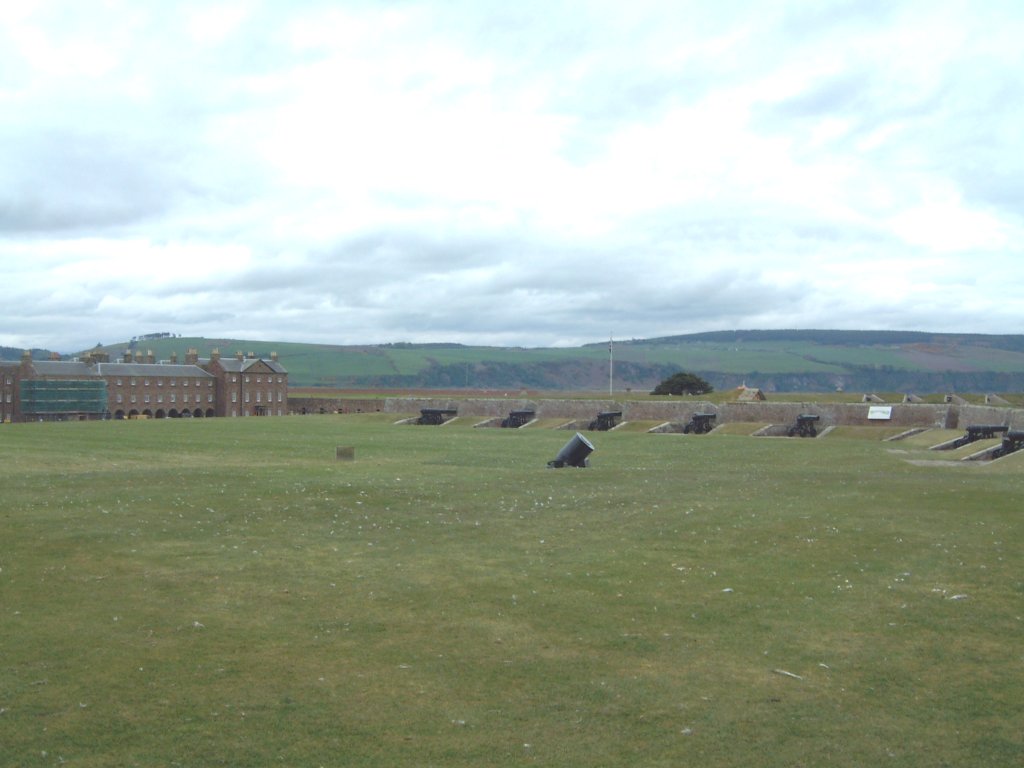 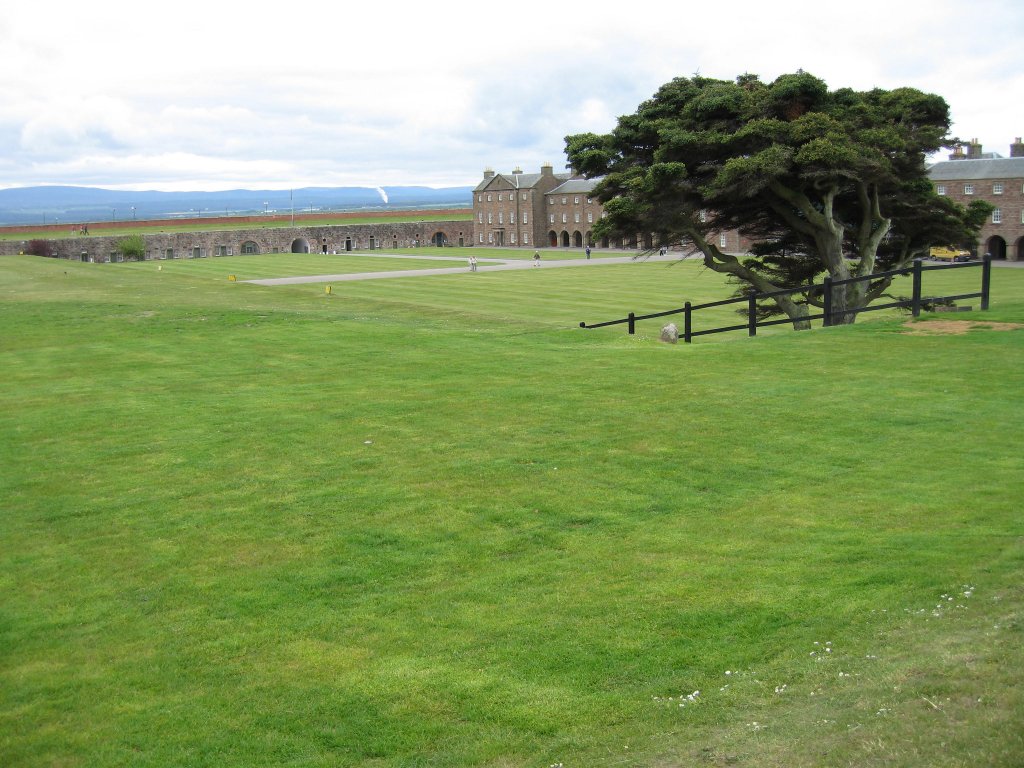
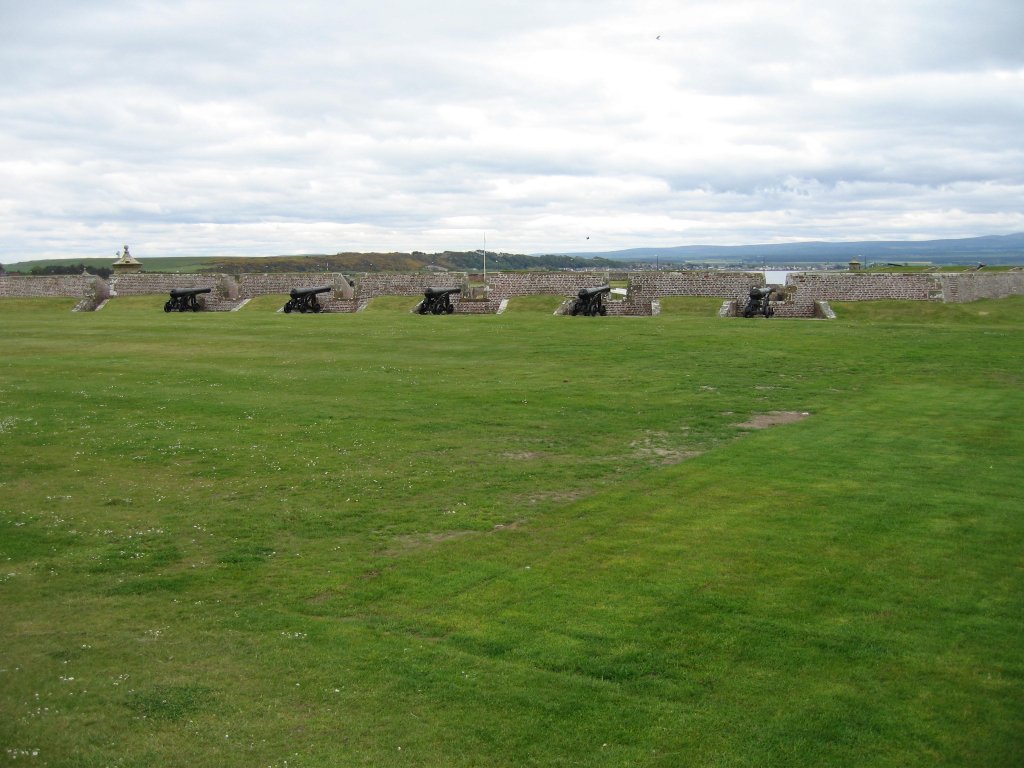
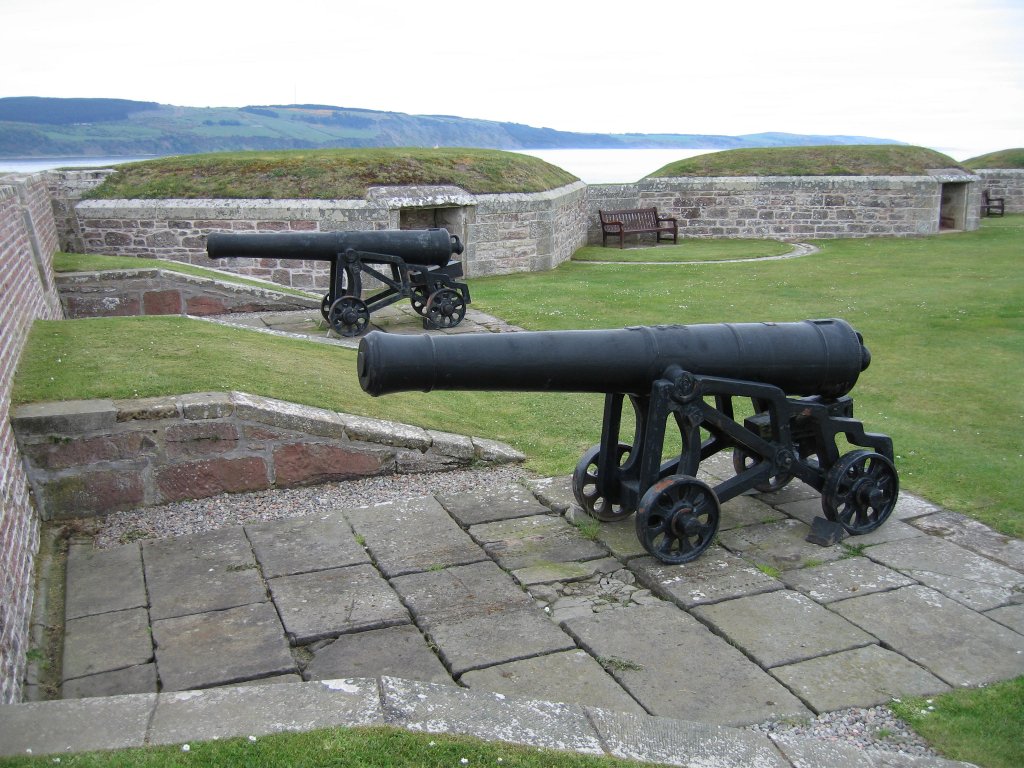 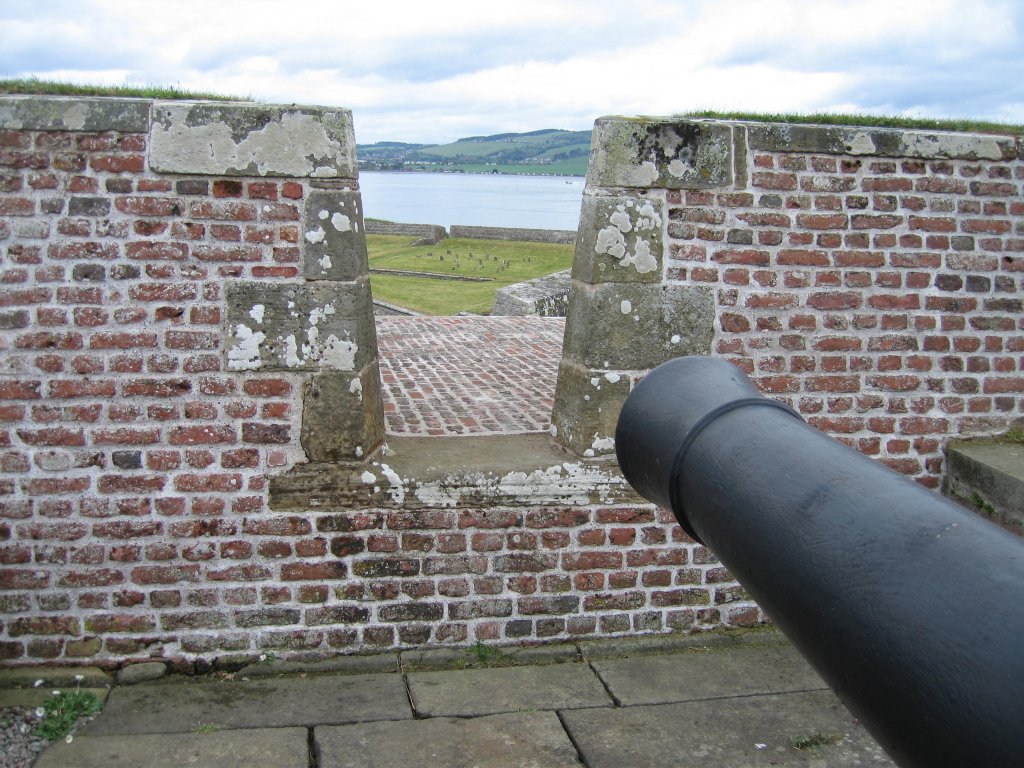
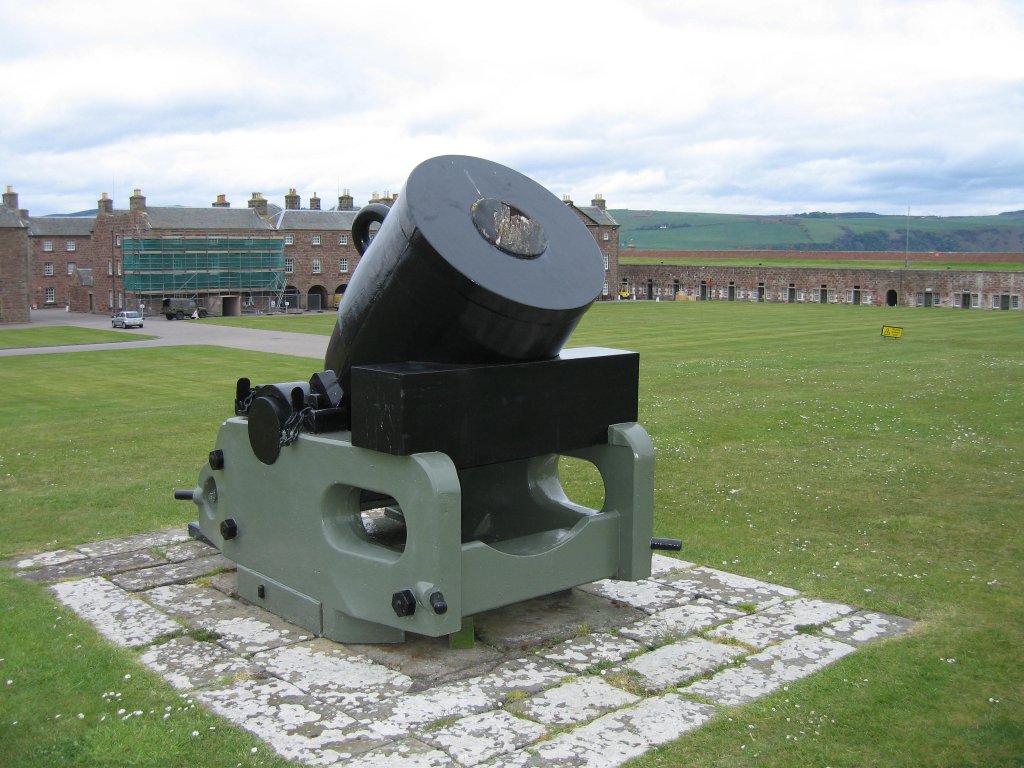
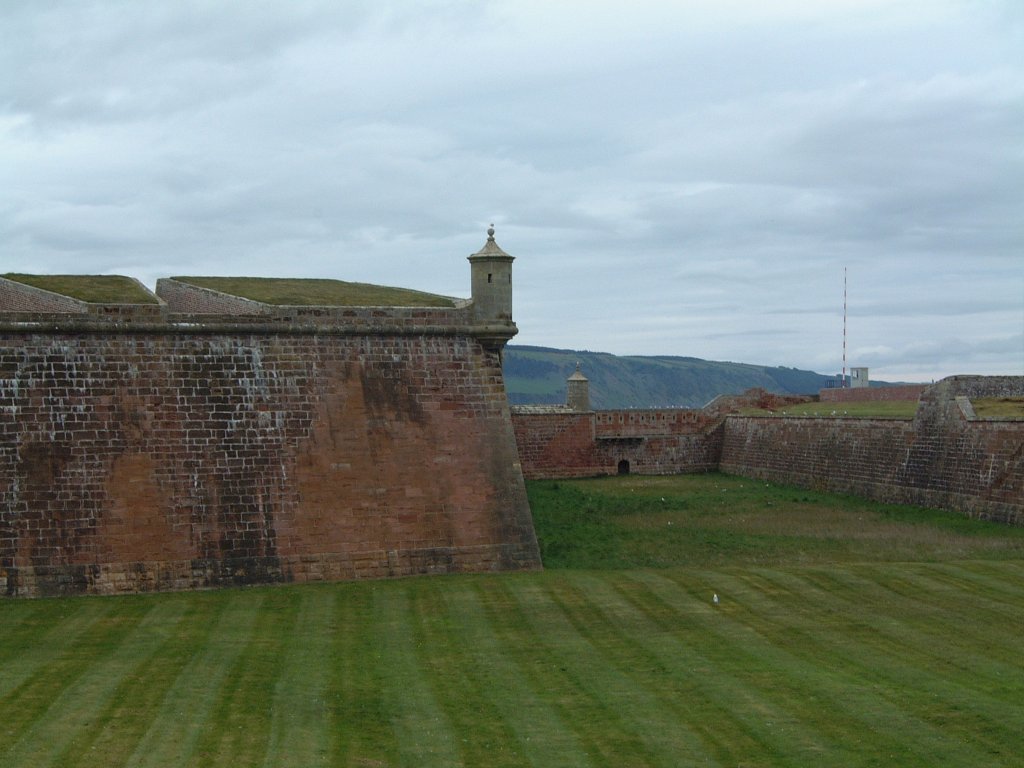 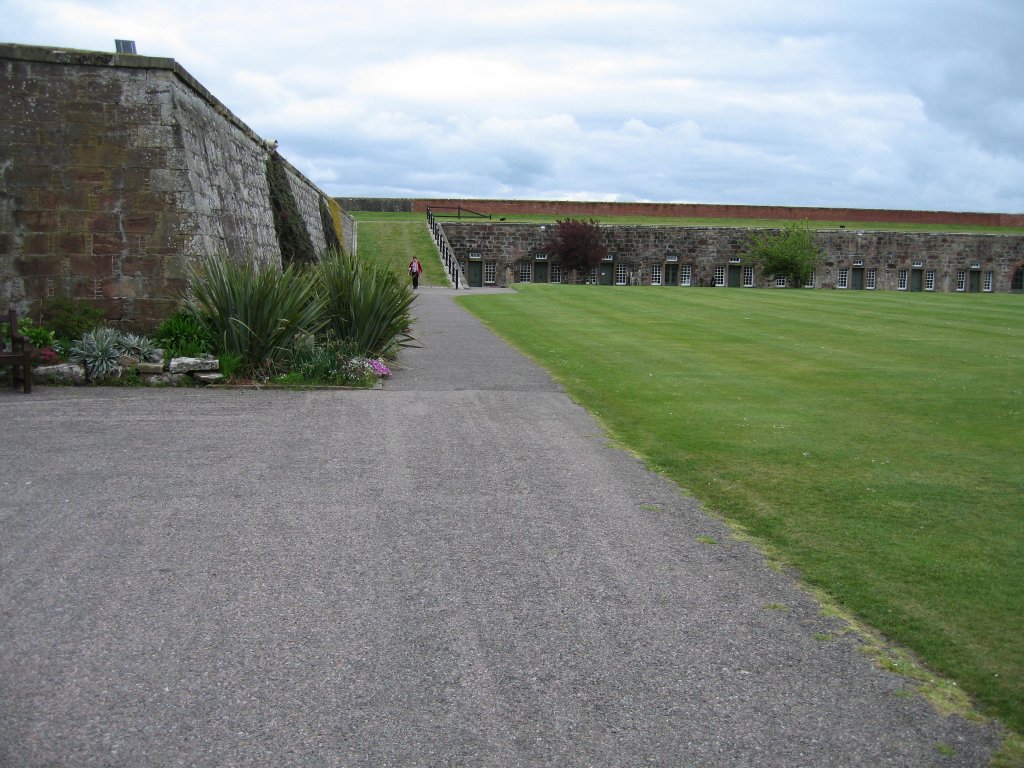
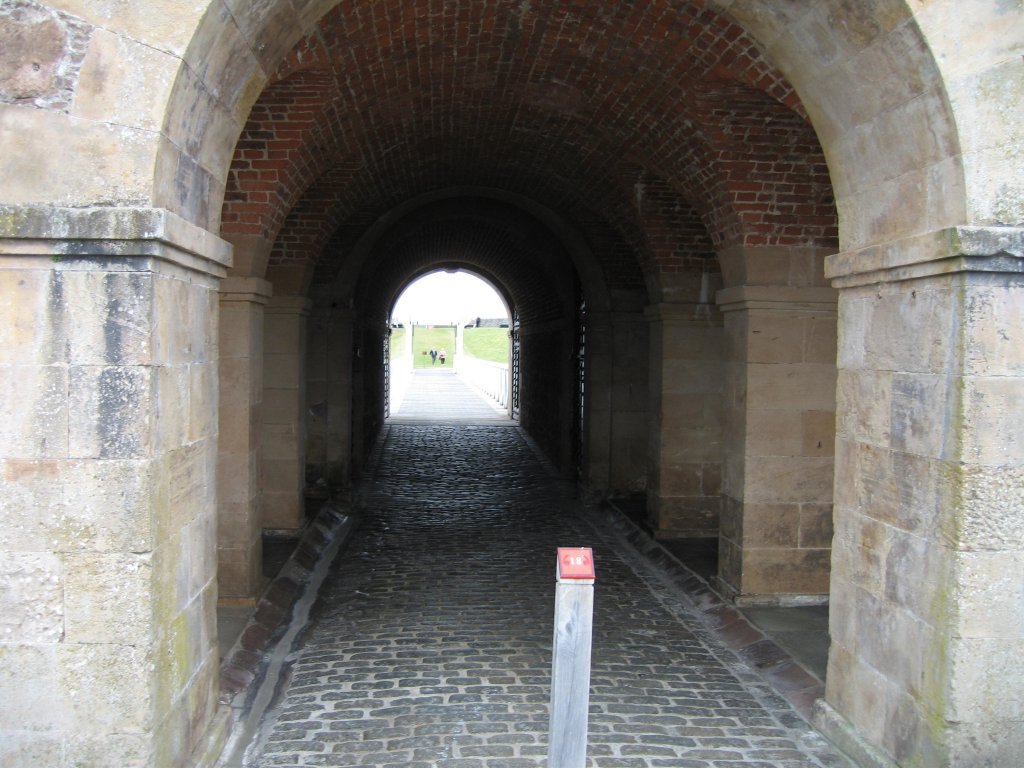
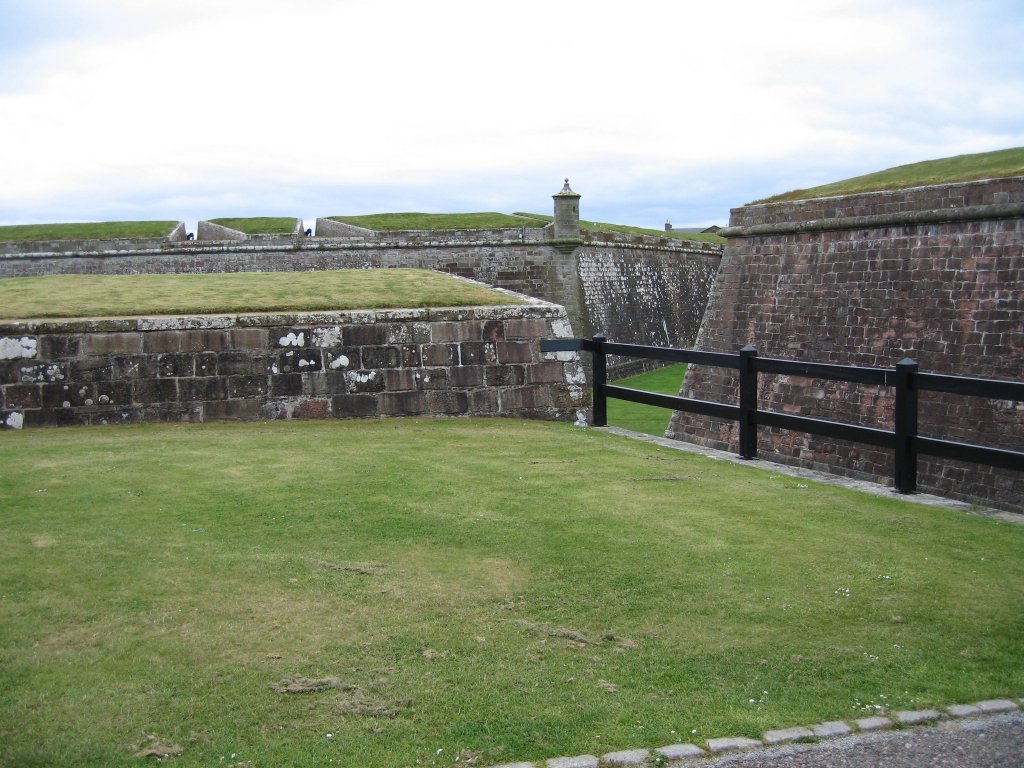 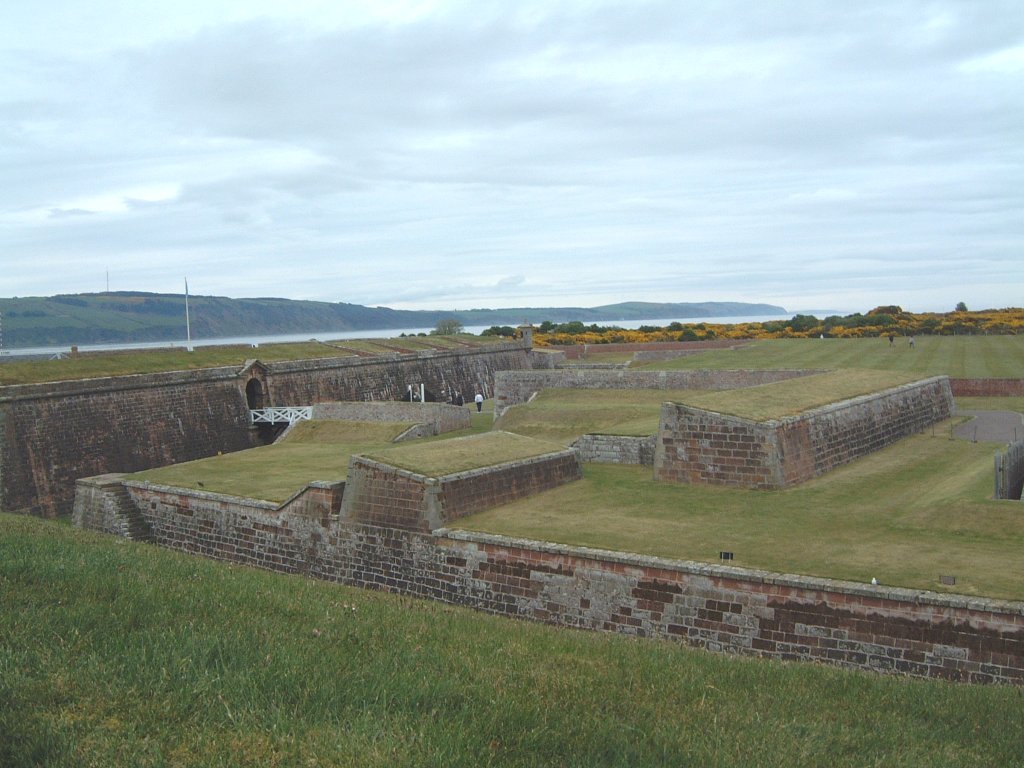
Please use the BACK button of your browser to return.
|